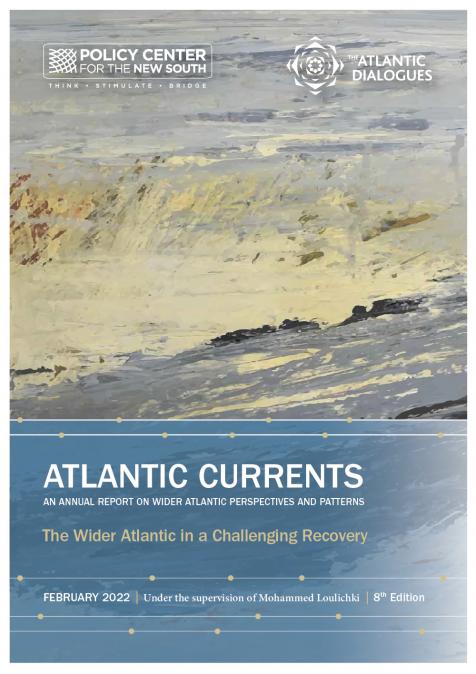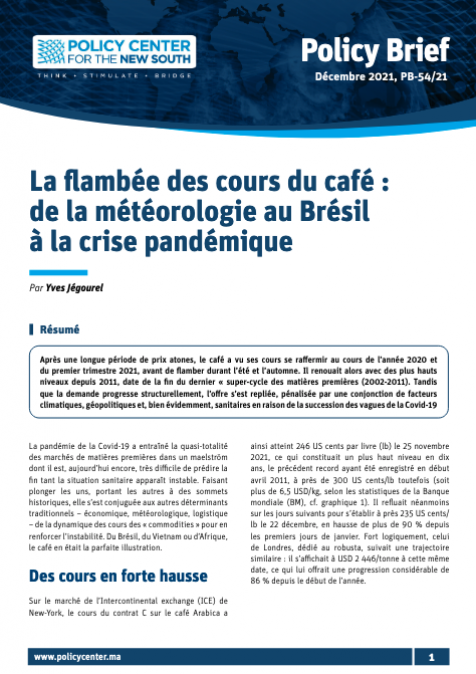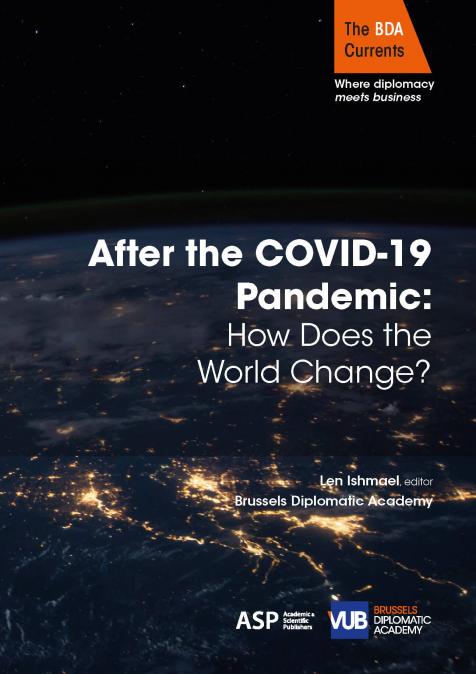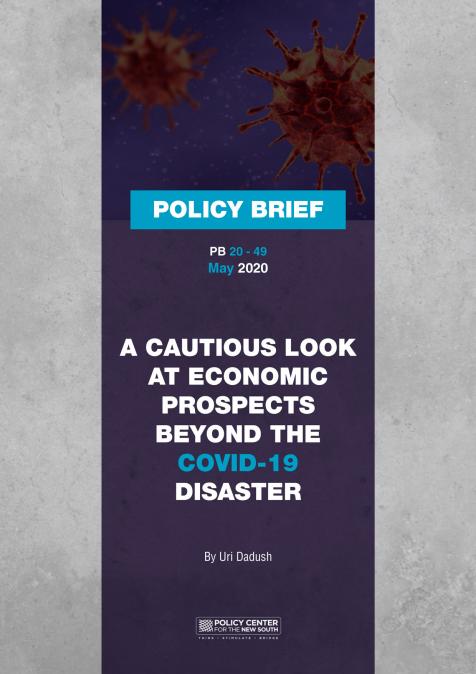Publications /
Opinion
Confronted with surging unemployment and miles long lines at food banks across the United States, most states have begun reopening the economy. Many of these states are seeing rising numbers of new cases and face a real risk of relapsing into an uncontrolled pandemic. To avoid this outcome, they must adopt a strategy that entails testing, tracing, and isolation of the infected, with priority given to groups and places where the medical impact – reducing infections and saving lives – is highest. Several new studies, mainly originating in Europe where the epidemic has claimed the largest number of victims, provide invaluable data on how to set priorities.
It should be widely understood by now that states must achieve low and falling numbers of new infections before they open (as stressed in Federal Guidelines), and only after they are in a position to follow up with systematic PCR testing and tracing of infected individuals. Because the time elapsed between Covid-19 infection and the infected person becoming contagious is about 3 days (the latency period), they must have the capacity to trace contacts of infected individuals rapidly.
The ideal would be to test all 328 million Americans and everyone entering the country every day. But the United States has conducted only 10 million tests since the epidemic began three months back. The main question is not how to increase the number of tests (there will never be enough) but how to use the tests we will have effectively. Just released statistics about the place of infection in Italy, where the epidemic has blazed an even more devastating path than in the United States, provide a starting point to answering that crucial question. A just released analysis of infection clusters in Austria helps complete the picture.
From April 1-28, during one of the world’s most rigorous national lockdowns, the Italian health authorities surveyed 8208 Covid-19 patients to identify their most likely place of infection. They found that nursing homes were by far the most frequent conveyor of disease, accounting for 48% of all cases. The Austrian analysis found that about one third of all clusters occurred in nursing homes. Both the Italian and Austrian data strongly suggests that becoming infected rarely occurs by happenstance or because of a casual crossing of paths. Instead, becoming infected appears to happen far more frequently when we are at close quarters with the infected for an extended period, increasing the viral load. The Austrian analysis concludes that it takes about 15 minutes continuous contact for one infected person to infect another, but that this can happen much faster in large gatherings which include one or more infected individuals.
Both the Austrian and Italian data point to the home as the next most frequent place of contracting the disease. In the Italian case, 22 percent of infections are traced back to the home. After that came hospitals, 10 percent of cases. Interestingly, only 4 percent of infected individuals reported having contracted the disease at work, even though a large minority of Italians – essential workers – continued to go to work. Neither the Italian nor the Austrian studies point to schools or workplaces as major sources of infections.
Insofar as the Italian data informs us in the United States, and many anecdotes suggest that it does, frequent testing in nursing homes and hospitals, followed by tracing and isolation of the infected, could greatly reduce the rate of virus transmission, perhaps by as much as 60 percent. Nursing homes and hospitals happen to be also the places where the most vulnerable – older people and those with other illnesses – are found.
Eradicating new infections in nursing homes and hospitals is not easy to do. There are over 20000 nursing homes and assisted care facilities in the United States, hosting about 2.5 million residents and employing over 1 million, and over 5 million Americans are employed in hospitals. But testing regularly some 10 million people that account for over half of all infections is a more effective approach than trying to test everyone. Moreover, tracing in nursing homes and hospitals could be far easier to do than among the public, requiring staff to keep a diary of their contacts and to the same for residents. In the United States, locales such as meat-packing plants and jails are also reported to be frequent places of infections, overwhelmingly of minorities that are Covid-19’s most frequent victims. Extinguishing these fires will limit transmission directly and – crucially – will also help reduce home-based or family infections.
The large number of home-based infections reported in Italy and Austria dramatically highlight the inherent danger and inequity of forcing infected individuals to shelter-in-place. That policy may work in the case of people living alone. But for those sharing a small space with a family, especially with older relatives, -- often the case of poor minorities – staying at home is just a recipe for more deadly infections. For those individuals, a positive test should mean either hospitalization or quarantine in a separate facility such as a nearby hotel refit for that purpose, with government help. This change in policy could, if the infected individual is identified early enough, radically reduce family infections.
But the greatest worry and focus of public debate is that, with return to work in offices, factories, schools and to bars and restaurants, virus transmission in those places is bound to intensify. The answer to that problem is not straightforward. Social distancing, wearing masks, washing hands, etc. are essential but unlikely to suffice. It is imperative to make bosses accountable. Each factory, office, aircraft carrier, and school has a boss. Even in normal times, a prime responsibility of that individual is to keep their organization safe. In the time of Covid-19 the responsibility to keep the workplace virus-free must be explicit and governed by clear rules backed by the force of law.
Infections attributed anonymously by patients to a factory, office, nursing home, hospital, or restaurant chain, should be made public and reported on-line by the state or local authority, enabling comparisons across similar entities. As is done to restaurants that do not follow food safety rules, places that do not follow Covid-19 safety rules should be closed. Such policies would create strong incentives for organizations of a certain size to arrange for regular testing of all employees who work in close contact with others, and to cover the cost.
Some comfort can be drawn from the fact that only about 15% of Americans over 65, those most at risk from Covid-19, are employed. A risk-based strategy to contain Covid-19 has an enormous advantage compared to universal strategies such as locking down the economy: people of working age who are otherwise healthy very rarely die from the disease. This fact has been just brought home in dramatic fashion by the outbreak on the aircraft carrier Charles De Gaulle, which infected over 1000 of the 1700 crew (over 70% under the age of 35) without a single fatality. A new comprehensive British study concluded that the chance of a person below the age of 50 dying in hospital of Covid-19 is statistically almost zero, is very low in the 50-70 age bracket, and is high only among people over 70, especially men. The clear implication is that – once the number of infected has been brought down – the focus of containment or suppression policies has to shift towards protecting the elderly in nursing homes, hospitals, and at home, while allowing the young to work and to go to school. Older people who are still at work should be tested most often and, as far as possible, given tasks that are least likely to require close and continuous contact in large groups.
To survive, the virus must pass to at least one new victim from each one infected. That ratio, known as the R0, is already lower than 1 in states where the lockdown rules are presently most strict, such as New York. A risk-based testing, tracing and isolation strategy can cut R0 further even as the economy opens.









